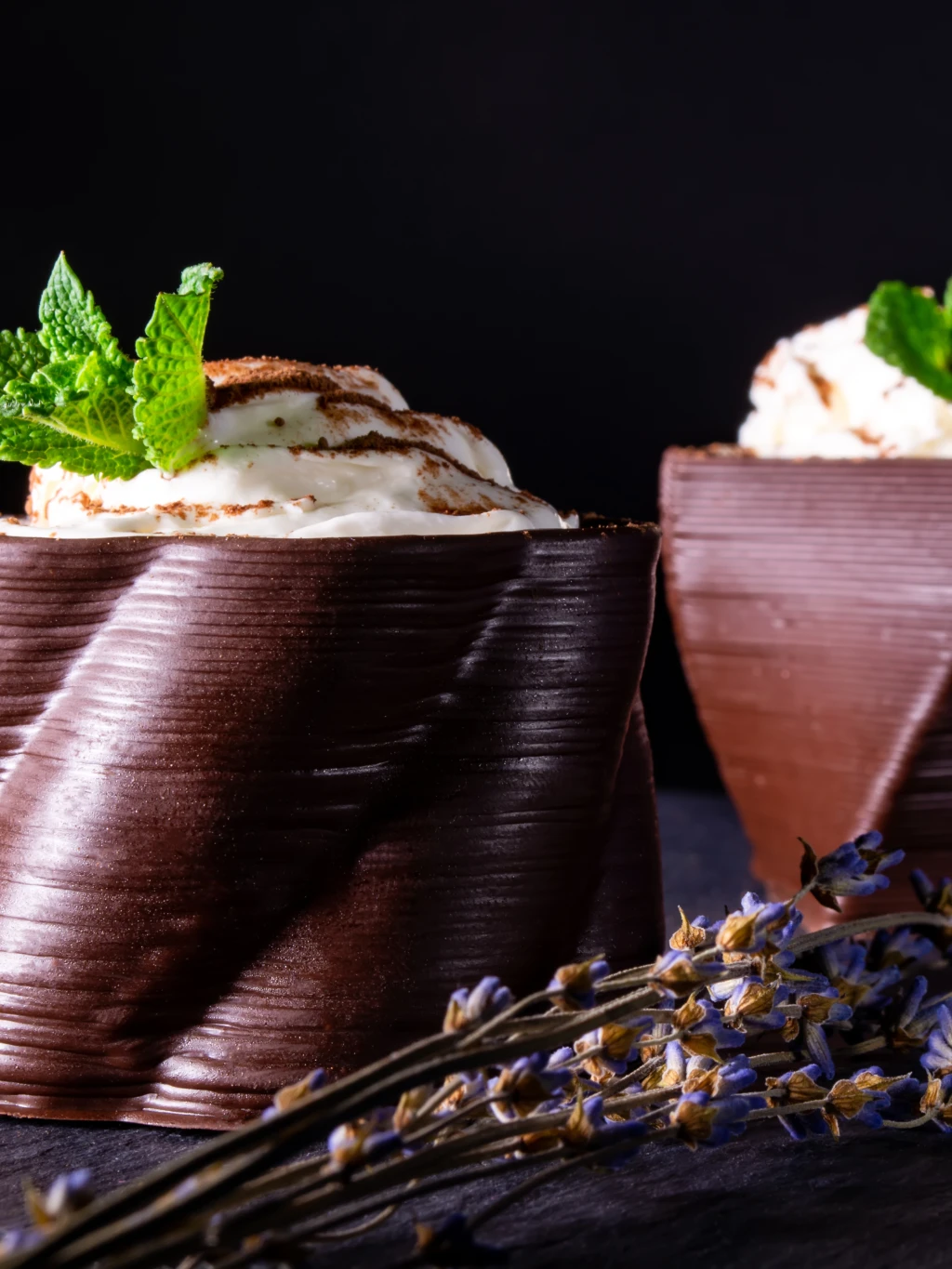
The future on your plate: Exploring the world of 3d-printed food
What is 3D-printed food?
3D-printed food uses additive manufacturing techniques, like traditional 3D printing, but with edible ingredients. These ingredients, often in paste or puree form, are loaded into the printer and then extruded through a nozzle to create precise shapes and textures. The result can range from simple chocolate decorations to complex, multi-layered dishes.


Some examples of 3D-printed food
- Personalized nutrition
Companies like Nourished are using 3D printing to create personalized vitamin gummies. Each gummy can be tailored to meet individual nutritional needs, providing a custom blend of vitamins and minerals in one tasty bite.
- Gourmet creations
High-end restaurants are experimenting with 3D printing to create intricate food designs that would be impossible to achieve by hand. For instance, Spanish chef Paco Pérez uses a 3D printer to craft stunning coral-like seafood dishes.
- Sustainable solutions
3D printing can turn alternative proteins, such as insects or algae, into appealing food forms. By making these sustainable ingredients more palatable, 3D printing could help reduce the environmental impact of our diets.
Key insights into 3D-Printed Food
One of the most significant advantages of 3D-printed food is customization. Chefs and home cooks alike can adjust recipes to accommodate dietary restrictions, allergies, or personal tastes. The precision of 3D printing also allows for portion control and nutritional balance, ensuring that each meal is both delicious and healthy.
By using exactly the amount of ingredients needed, 3D printing minimizes food waste. This efficiency is particularly valuable in professional kitchens, where precision and consistency are critical.
3D printing opens up new culinary possibilities, allowing chefs to experiment with textures, shapes, and flavours that were previously unattainable. This innovation can lead to exciting new dishes and dining experiences.


Is 3D-printed food the future?
While 3D-printed food offers many exciting possibilities, it’s not yet mainstream. 3D food printing offers several notable advantages. First, it allows for customization, enabling the creation of personalized nutrition plans and diet-specific meals tailored to individual needs. Second, it promotes sustainability through the efficient use of ingredients and the potential incorporation of alternative proteins. Finally, 3D food printing drives innovation, introducing new culinary techniques and creative presentation styles that enhance the dining experience.
However, there are also significant challenges associated with this technology. Accessibility is a major issue, as 3D food printers are currently expensive and not widely available. Additionally, acceptance poses a challenge, with both consumers and chefs facing a learning curve to embrace and effectively use this new technology. Lastly, there are ingredient limitations, as the range of printable ingredients remains somewhat restricted, which can limit the variety of foods that can be produced.
3D-printed food is a fascinating and promising development in the culinary world. While it may not replace traditional cooking methods entirely, it offers unique advantages in terms of customization, sustainability, and innovation. As technology advances and becomes more accessible, we could very well see 3D-printed food becoming a staple in both professional kitchens and home settings. So, is 3D-printed food the future? It certainly seems like a delicious possibility.
Stay tuned to Selecta for more insights into the latest food tech innovations and how they might soon be part of your daily dining experience.